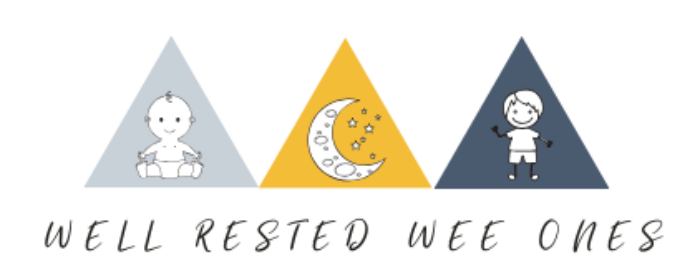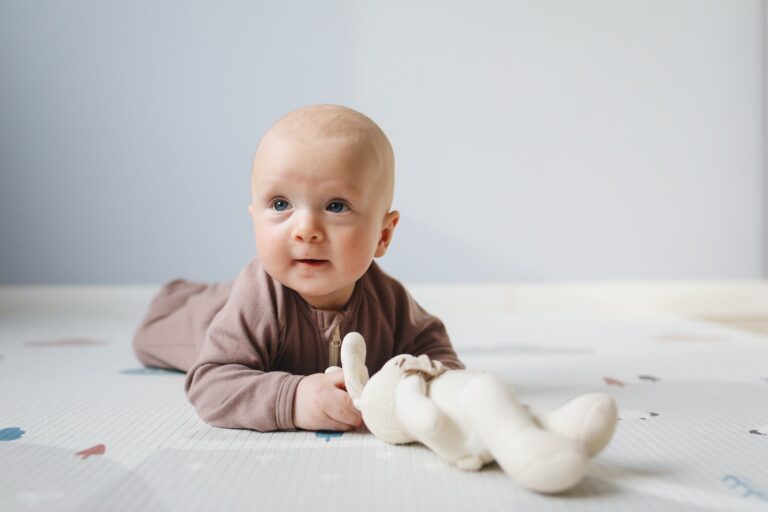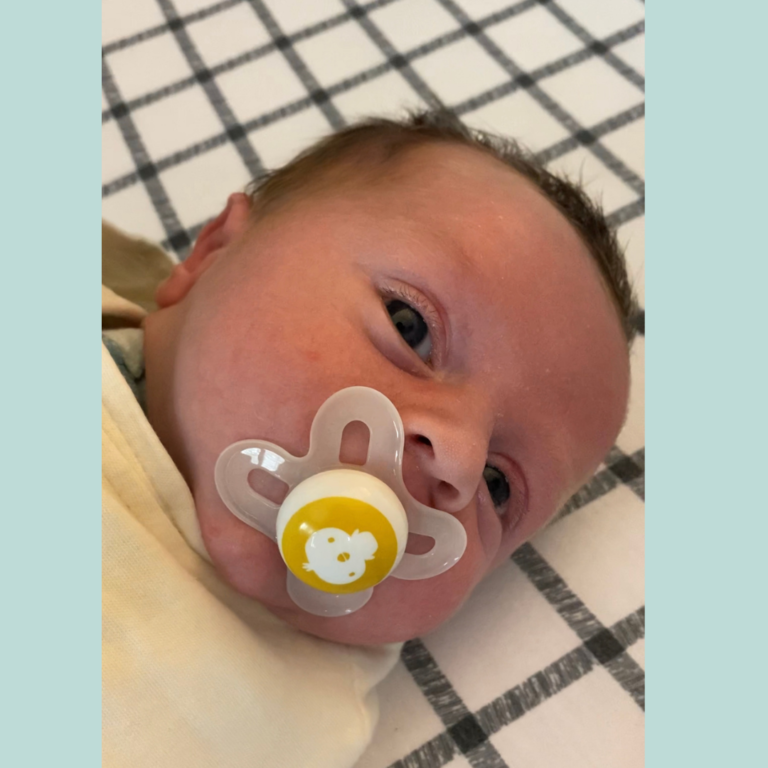Tips to transition your baby from the bassinet to the crib
Is your baby ready to move from the bassinet to the crib? Follow these tips to transition your baby from the bassinet to the crib.
The AAP recommends room sharing for the first 6 months of life as it can reduce the risk of SIDS by up to 50%. And let’s be honest, given the frequency of wake-ups in the first few months of life, having your baby nearby makes it much easier to feed and get back to sleep.
But at some point, your baby is going to outgrow the bassinet and need more space! A little prep can help ease the transition from room sharing to sleeping in the nursery.
When to transition from the bassinet to the crib?
I recommend making the transition sometime between 2-4 months. Bassinets are made for the first few months of your baby’s life and have safety recommendations for use including weight limits. As your baby becomes more mobile the crib is the safest place for your baby to sleep. This is a great time to start making the transition out of the swaddle as well.
Tips to transition from the bassinet to the crib
Make the nursery sleep friendly
Set up your black-out shades (10% off code: wellrested), use white noise, and set up your video monitor. A dark environment with white noise will help cue your baby’s brain that it is time for sleep!
Spend awake time in the nursery and crib
You want to create a positive association with the crib. Expose your baby to the nursery and crib as a positive experience. Spend some playtime in your baby’s room so they can get familiar with the sights and sounds. Many parents have spent time decorating the nursery with lots of baby-friendly eye candy! Take your baby into the nursery for diaper changes, read books, practice tummy time.
Bring the bassinet into the nursery
Your baby is used to sleeping in the bassinet, but not in their own room yet. This step gives you the comfort of sleeping in a familiar space as you get used to having your baby in a different room.
Practice naps in the crib
Start practicing naps in the crib. Start with one nap a day and add more over time. Your baby will get to know the crib and their own room. Plus, you are awake and can monitor your baby much easier than in the middle of the night.
Do your bedtime routine in the nursery
It’s never too early to start a bedtime routine! Around 6-8 weeks of age, your baby’s brain is able to make connections with routines and sequences. This is a great time to start a predictable sleep routine. Take your baby into the nursery to massage, put on pajamas, bedtime feed, books, and lullaby before bed. Routines are a powerful way to signal sleep is next!
Sleep resources to help your family
If you’re a new or expecting parent, establish healthy sleep habits and routines from the start with newborn sleep and feeding guide.
If you’re out of the newborn phase and facing sleep challenges with overnight sleep or naps, I have a class for you! The 4-24 Month Well Rested Collection will walk you step-by-step through a completely customizable sleep training experience. In just a few weeks, your baby will be getting 11-12 hours of independent night sleep, AND you’ll have a plan to navigate any future regressions or bumps in your journey. I’ll also help you set up a daytime routine and nap schedule that fits your family’s lifestyle and values. And you’ll get age-specific guidance to meet your baby right where he or she is developmentally at every stage from now until your baby turns 2.
I also offer 1:1 personalized sleep coaching to families starting at 3 months of age! I have multiple options that can help you get sleep on track!
Please Share this Post with a Mama!






